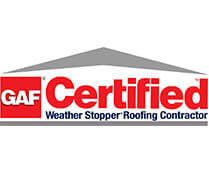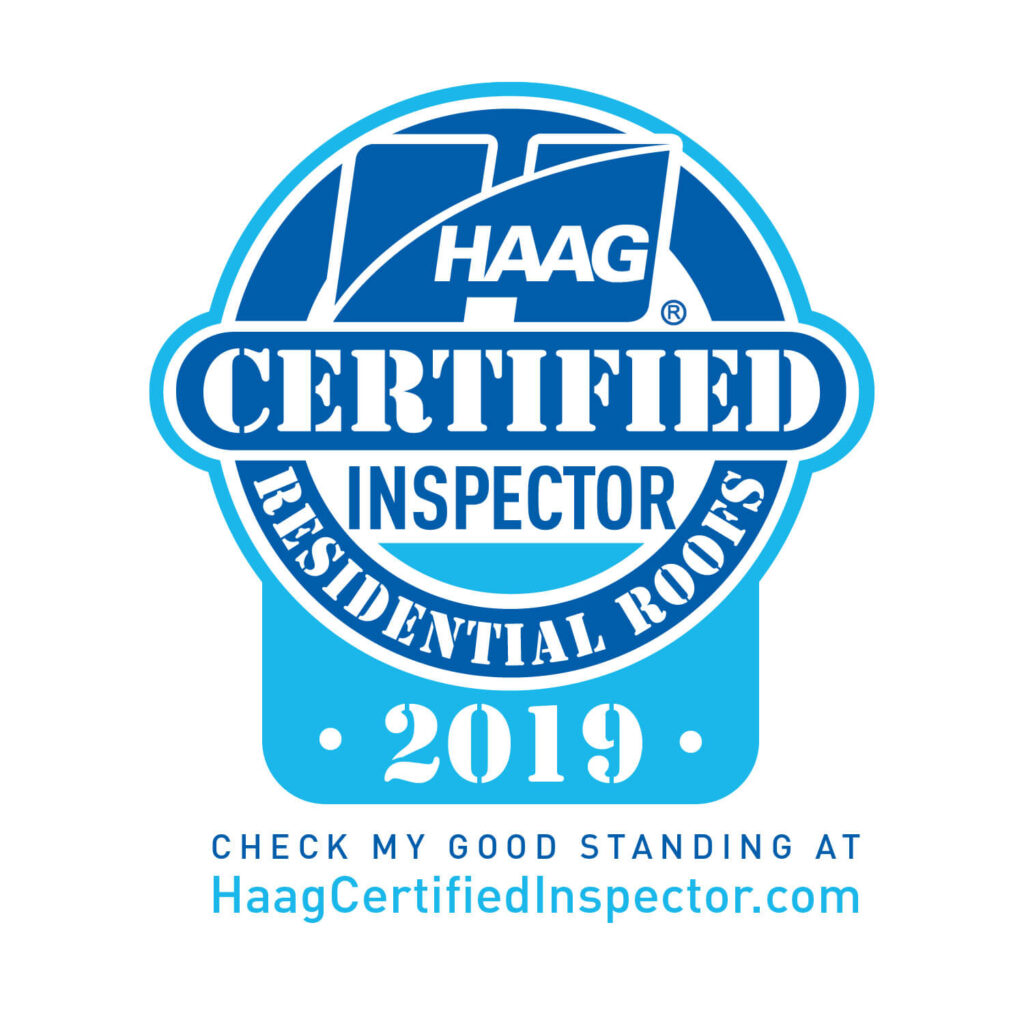When most people think about their roof, they think about shingles, leaks, or insulation. But there’s one often-overlooked system that plays a huge role in your home’s health: roof ventilation. Whether you live in the heart of Edmonton or in a surrounding neighborhood, understanding how your attic breathes can help you avoid costly problems like mold, ice damming, and sky-high energy bills.
In this article, Safe Roofing breaks down why proper attic ventilation matters, how to spot issues, and what options are available for roof vent systems in Edmonton.
Key Takeaways
- Roof ventilation helps regulate attic temperature and moisture year-round.
- Poor ventilation can lead to mold, rot, shingle damage, and higher utility costs.
- Edmonton homeowners face unique challenges due to extreme seasonal weather.
- Different vent types (ridge, soffit, turbine, etc.) serve different purposes.
- A professional inspection by Safe Roofing can determine if your system is doing its job.
Why Roof Ventilation Matters in Edmonton
It Controls Moisture Year-Round
Attics can trap warm, moist air from cooking, showering, or even breathing—especially in winter. Without proper airflow, that moisture condenses on cold surfaces like roof decking. This can lead to mold, mildew, wood rot, and insulation damage.
[sora: attic ceiling with moisture stains and mold spots]
Alt text: attic ventilation problem in Edmonton home showing moisture damage
It Prevents Ice Damming
In Edmonton winters, heat escaping into a poorly ventilated attic can cause snow on the roof to melt and then refreeze at the edges, creating ice dams. These ice dams trap water on your roof, which can seep into your home and cause major damage.
[sora: ice dam forming on residential roof edge in snowy climate]
Alt text: ice dam on Edmonton roof due to poor ventilation
It Extends Roof Life
Hot summer air trapped in your attic cooks your shingles from the inside out. Excessive attic heat warps roof decking and causes shingles to blister or curl prematurely. Good ventilation reduces this heat and protects your investment.
Common Signs of Poor Roof Ventilation
1. Ice Dams or Icicles in Winter
If you see thick icicles or ice buildup at the roof edge, your attic may be too warm—a telltale sign your vents aren’t doing their job.
2. Excessive Attic Heat
A properly ventilated attic should feel only slightly warmer than the outdoor temperature. If it feels like a sauna, your airflow is lacking.
3. Mold, Mildew, or Musty Smells
These are clear signs that humid air is lingering too long in the attic. It’s time to investigate your vent system.
4. Peeling Paint or Moisture on Ceilings
Poor ventilation causes moisture buildup, which can drip into the living space and damage ceilings or walls.
5. High Energy Bills
An overheated attic makes your air conditioner work harder in summer. If your bills seem abnormally high, poor ventilation could be the culprit.
Understanding Your Ventilation System
Ventilation systems usually work in pairs: intake vents (like soffits) bring in cool air, while exhaust vents (like ridge or turbine vents) push hot air out. A balanced system means air moves steadily through the attic.
[sora: diagram of attic with labeled ridge vent, soffit vent, and airflow arrows]
Alt text: roof ventilation diagram for Edmonton homes by Safe Roofing
Common Vent Types in Edmonton Homes:
Soffit Vents (Intake)
Installed under the eaves, these draw cool air into the attic and are crucial for balance.
Ridge Vents (Exhaust)
Installed along the peak of the roof, these allow hot air to escape naturally and evenly.
Gable Vents (Exhaust or Intake)
Located on the sides of your home, often combined with other vent types.
Turbine Vents (Exhaust)
Wind-powered and highly effective in windy Edmonton neighborhoods.
Powered Attic Fans (Exhaust)
Electrically powered fans that kick on when attic temperatures rise.
The Ideal Roof Ventilation Setup
Every home is unique, but the general rule of thumb is one square foot of ventilation for every 300 square feet of attic floor space (balanced between intake and exhaust).
At Safe Roofing, we assess your attic size, roof pitch, local weather, and even your home’s orientation to design a vent system that works.
Edmonton’s Climate Makes Ventilation Essential
With cold, snowy winters and hot, sunny summers, homes in Edmonton face extreme temperature swings. That makes effective ventilation a must, not a maybe.
Moisture from snowmelt in winter, mixed with high attic heat in summer, creates the perfect storm for damage if airflow isn’t carefully managed.
[sora: snow-covered roof in Edmonton with sunshine melting snow]
Alt text: Edmonton roof under winter sun needing attic ventilation
How Roof Ventilation Saves You Money
1. Reduces Energy Costs
By keeping attic temperatures down, your HVAC system doesn’t need to work as hard, especially during the summer heat.
2. Prevents Repairs
You’ll avoid costly fixes like mold remediation, shingle replacement, or ceiling repair due to trapped moisture.
3. Extends Roof Lifespan
With balanced airflow, shingles and underlayment stay in better shape, meaning you can wait longer before a full replacement.
How Safe Roofing Can Help
At Safe Roofing, we’ve seen firsthand how poor ventilation causes problems that are completely preventable. Our team offers:
- Attic and Roof Ventilation Inspections
- Customized Vent System Design
- Professional Installation of Soffit, Ridge, or Turbine Vents
- Roof Replacement Services with Integrated Ventilation Upgrades
[sora: roofing contractor installing ridge vent on asphalt shingle roof]
Alt text: Edmonton roofing expert from Safe Roofing installing ridge vent
We help Edmonton homeowners get ahead of problems before they start.
When to Schedule a Ventilation Inspection
- After a new roof is installed
- Before listing or buying a home
- If you notice signs of attic moisture or extreme heat
- As part of regular roof maintenance (every 3-5 years)
Our team at Safe Roofing offers free consultations and inspections for homeowners in Edmonton and surrounding communities.
Final Thoughts: Don’t Overlook Roof Ventilation
Your attic needs to breathe. Good airflow protects your home from rot, mold, ice dams, and premature wear. In a city like Edmonton, where temperatures swing wildly from one season to the next, it’s even more critical.
If you’re not sure whether your roof ventilation system is working properly, give Safe Roofing a call. We’ll check it out and recommend smart, affordable solutions to keep your attic dry and your energy bills low.
Next Step
Ready to make sure your roof ventilation is doing its job? Book your attic ventilation inspection with Safe Roofing today and breathe easy knowing your home is protected from the inside out.






